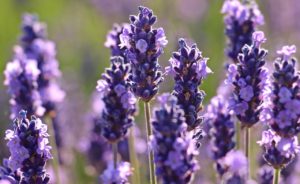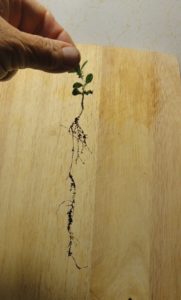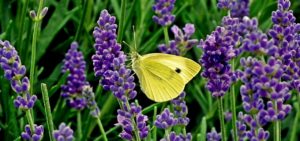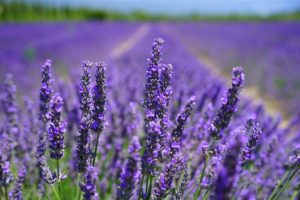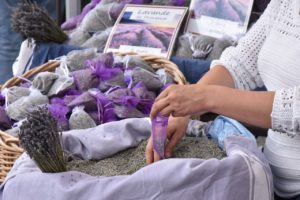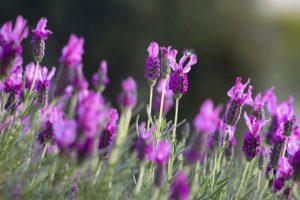Updated 6/10/2024
Should We Add Rocks for Drainage?
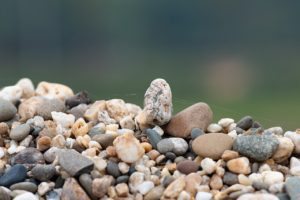
This issue of adding gravel or rocks for drainage in pots has been debated for generations by amateur as well as professional gardeners. Gardening programs from decades ago recommended adding a few inches of gravel or broken clay pottery to the bottom of a pot before filling with potting soil.
That method has been put to the test and soundly debunked. It doesn’t work. In fact, the soil can retain even more water close to the plant’s roots!
Many gardeners are eager to start filling their patio pots with flowers and herbs. Or perhaps vegetable gardening in containers is on the agenda. For some, it has been a long, cold winter, and this activity signals the beginning of a new growing season. But, before buying that big bag of gravel for your pots, look over this information and see if you might consider doing things differently.
Ingredients In Potting Soil
Potting soils are composed of a few or several ingredients in various proportions. Certain components absorb and retain moisture around plant roots while others help the soil drain faster. Some materials do both, depending on how finely they were milled.
This article describes how components behave in potting soil, and how gravity and other forces exert their influence on drainage and water retention. I’ll also suggest why it’s better to exclude rocks for drainage in pots.
Here are some of the ingredients commonly found in potting soils, in addition to water and air:
Materials Which Help Retain Water:
- peat moss, which holds water between its fibers
- coconut coir, chopped into fine particles (for water retention)
- pine fines, which decompose quite slowly; most often used to facilitate drainage in potting soil and in gardens, but finely milled pine fines hold water
- compost, a nutrient-rich material
- aged manure, composted to kill pathogens
- clean topsoil
- Coconut before processing into coir.
- Compost.
- Pine fines.
Potting soils might contain other types of materials, including ground shellfish, kelp, alfalfa meal, rice hulls, sawdust, charcoal, blood meal, bone meal, earthworm castings, and bat guano. Some manufacturers add various species of beneficial microbes.
Although not organic matter, fine clay holds water between its particles. Most potting soils contain no soil and are, in fact, soilless. A few include loam in the mix.
“Sinking Soil Syndrome”
You might have noticed the surface of the soil dropping lower in an old potted houseplant. The soil probably isn’t eroding through the drainage hole in the bottom of the pot, so where is it going?
Organic matter in the soil decomposes. As it oxidizes, and gets “used up”, its volume reduces considerably. Over time, you’ve seen the soil level dropping an inch or two, maybe more. On the contrary, sand and other gritty materials hold their volume.
The remedy for this sinking soil syndrome is to take the plant out of the pot and to refresh the potting soil. Pack new soil firmly around the roots to prevent settling. Don’t cover the stems or the crown of the plant with soil—just the roots. After that, the plant should be fine for another few years.
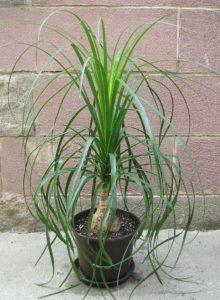
Beaucarnea recurvata, ponytail palm.
Several years ago, I was about to transplant a severely potbound ponytail palm (like the one in photo, above) into a larger clay pot. That plant came with me from Maryland and had been in its 4½” pot for close to a decade. It’s a very durable plant!
After removing it from the plastic pot, all that remained under the thick trunk were the roots, perlite, and sand clinging to the roots. It looked like a wire sculpture—a tracery of root and grit and mostly air taking the shape of the pot, but no peat moss or other organic matter. It transplanted successfully, and now sits on the back deck in mild weather.
Reusing Potting Soil
Many customers have asked about potting new plants into potting soil that has been used before. If there is still a substantial organic component and the soil has good tilth, then it can be used again. But, first, fluff up the soil and supplement with compost, potting soil, or some of the other amendments.
Rather than risk infecting new plants, toss old soil that held diseased plants into an active compost pile or the woods. Plants known to be vulnerable to soil-borne diseases (basil, in particular) are best planted in fresh potting soil and a thoroughly cleaned pot. When I lost an heirloom tomato to a fungal disease a few years ago, I removed the plant and the top layer of soil. After adding fresh potting soil, I planted a disease-resistant tomato, which grew fine for the rest of the season.
Materials Which Increase Drainage:
- perlite, a heat-expanded mineral, those little white particles
- expanded rock, such as PermaTill, another heat-expanded mineral
- horticultural grit
- vermiculite, not used as often today because it can compress and lose its drainage capacity
- coarse or sharp sand and gravel—angular-edged particles, as opposed to rounded particles, can help drainage if they aren’t too small
- pine fines (partially composted bits of pine bark)
- coarsely processed coconut coir
- Sharp sand.
- Orchid mix on the left, organic matter on the right.
Chunky expanded clay and rock, often found in succulent and orchid mixes (photo, above), provide fast drainage and excellent air circulation around the roots.
Qualities such as tilth, water retention, nutrient capacity, and aeration of the soil are determined by the particular combination of materials and the sizes of their particles. Larger particles tend to facilitate aeration and drainage. Tiny particles (especially clay soil) retain water in the tight spaces between them, giving water molecules more surfaces to cling to.
Air Pore Space and Gravity
Air pore spaces occupy the voids between soil particles when they’re not taken up by water. Water flows through the soil profile, following the force of gravity. As water drains away and as the roots absorb it, air infiltrates the medium, providing oxygen for the roots. Plant cells use oxygen in respiration, as they oxidize the products of photosynthesis (glucose) and expel carbon dioxide as a waste product.
“Wait, what?” Yes, plants give off carbon dioxide during respiration. The net effect in each 24-hour period, however, is more oxygen given off during photosynthesis than is consumed during respiration. This process creates energy needed by plants to make new cells and to carry out thousands of cellular activities.
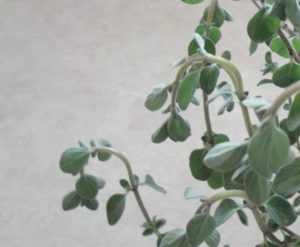
Wilted marjoram ‘Compactum’.
Plants continually grow tiny new root hairs right behind the expanding root tips. Oxygen is critical to respiration and, therefore, to new root growth. These short-lived root hairs do most or all of the water absorption and interact with beneficial fungal mycorrhizae in almost all species of plants.
Brassicas (broccoli, cabbage, kale, etc.) do not participate in this mycorrhizal/root relationship. A few other groups of plants (ericaceous plants, orchids, sedges, spinach, and beets) have rare or no forms of mycorrhizae colonizing in or around their roots.
Saturated soil kills root hairs. If this condition persists, the roots themselves will die and not regrow. If roots and root hairs can’t supply water to the leaves, the foliage wilts. The plant’s wilted appearance looks the same as when the plant has been deprived of water. Either overwatering or underwatering prevents water from reaching the leaves once the roots have been suffocated or dehydrated.
Feel the Soil
An extended period of wilt and wet soil is a common reason for plant failure. Even if the soil surface feels dry, there’s usually adequate moisture deeper into the pot. That’s why we recommend feeling the soil an inch or two into the pot.
Soil texture, pot size, sunlight, temperature, the plant’s leaf surface area, and, of course, frequency of watering influence how quickly potting soil drains and dries.
Capillarity
The force that works in opposition to gravity is capillary action. Water drains between soil particles, thanks to gravity, allowing most of the excess to pass through the holes in the bottom of the pot. But water also can move upward or sideways in the pot due to capillary action.
Capillarity is part cohesion and part adhesion, two kinds of forces between molecules. Cohesion is the attraction of water molecules to each other. Adhesion is the attraction of water molecules to other substances, such as particles of potting soil or the xylem tubes in a plant’s vascular system. In capillary attraction, adhesion is a stronger force than cohesion, so water molecules will stick to and be drawn between particles or along the inside surfaces of xylem.
As water molecules on the soil surface evaporate, they’re replaced by water molecules below them because of capillarity.
So, there’s a constant battle waged between gravity and capillarity. Water moves toward the bottom of the pot, but is limited by capillarity, which pulls it upward. What does this have to do with using rocks for drainage in a pot? I’ll explain in a moment. But first…
A Simple Experiment
Here’s an experiment that illustrates these points. Because organic soils often don’t contain wetting agents, which help the soil absorb water more readily, look for fresh potting soil that is not certified organic. Fill a short pot and a tall pot with dry or barely damp potting soil, using no rocks for drainage. Pack it in evenly and moderately firmly.
Now, place each pot in a shallow bowl of warm water. Why warm? Because soil absorbs warm water faster than it absorbs cold water. If the water disappears into the soil, add more to the bowl.
Wait an hour or so. In the short pot, you’ll see moisture on the surface. It might take longer for the larger pot to absorb water. If water remains in the bowl without moving all the way to the surface in the tall pot, the force of gravity has exceeded the ability for capillarity to pull the water farther upward. Moisture can wick into the soil by capillarity only up to a certain point.
If the tall pot is moist on the surface, the soil might have more water-retentive components than drainage materials. Tiny clay particles also can absorb water and hold it tightly. Try using a taller pot. Watering a plant in a very tall pot from the saucer usually necessitates additional water applied to the surface when capillarity fails to moisten the soil all the way to the top. Nevertheless, the plant probably will survive if the lower roots can absorb enough water.
Movement of moisture within the medium depends on the dimensions of the container and the texture of the soil. Soil with larger air pore spaces will have more difficulty absorbing water all the way to the surface of the pot.
Headings
Page 1: Should We Add Rocks for Drainage?, Ingredients in Potting Soil (Materials Which Help Retain Water, “Sinking Soil Syndrome”, Reusing Potting Soil, Materials Which Increase Drainage), Air Pore Space and Gravity (Feel the Soil, Capillarity, A Simple Experiment)
Page 2: Water Tables and Rocks for Drainage (The Perched Water Table, How Soil Drains in the Garden, Remember the Wet Sponge Experiment?, The Water Table, In Saturated Soil, Rocks for Drainage and Weight)
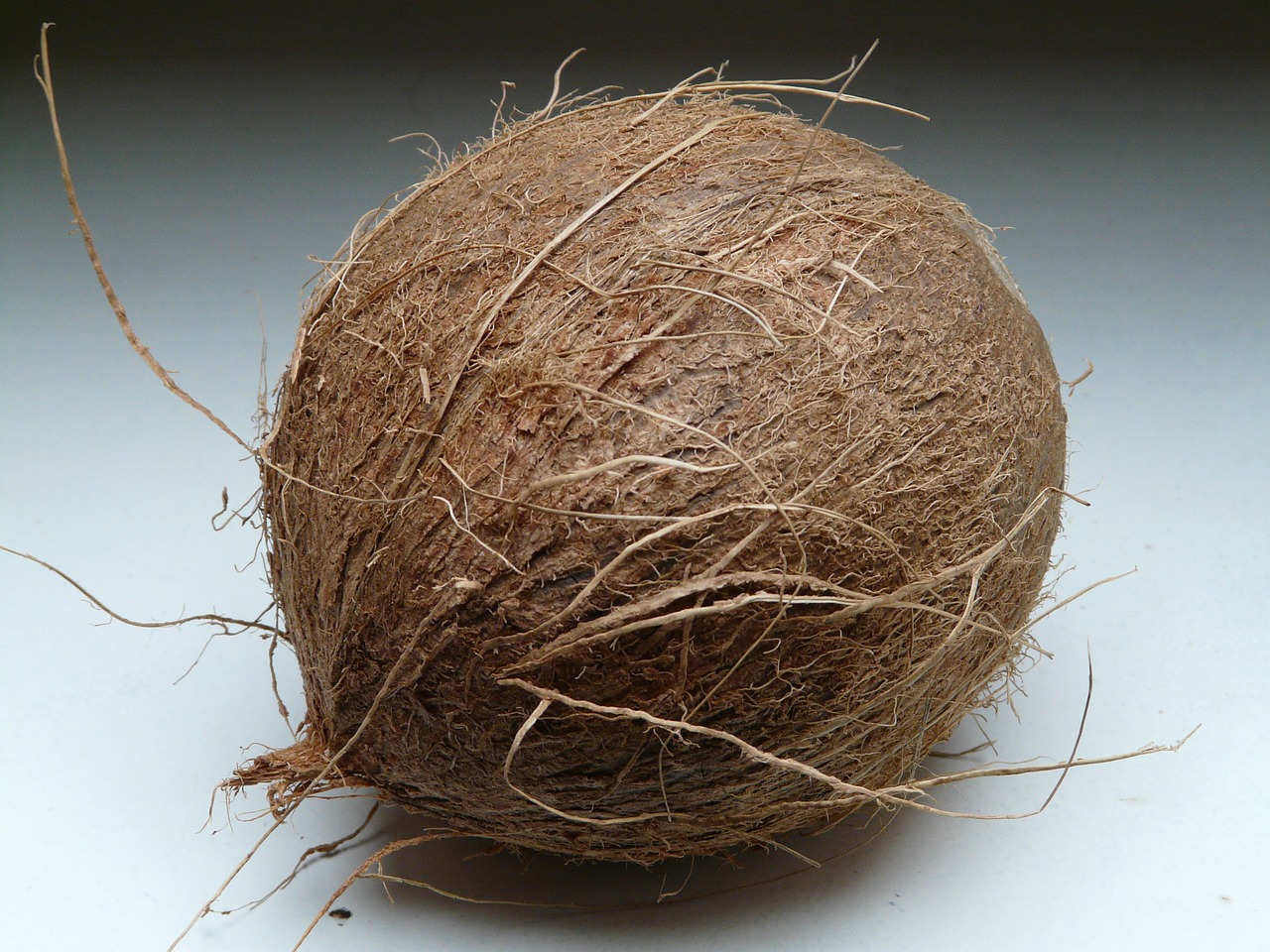
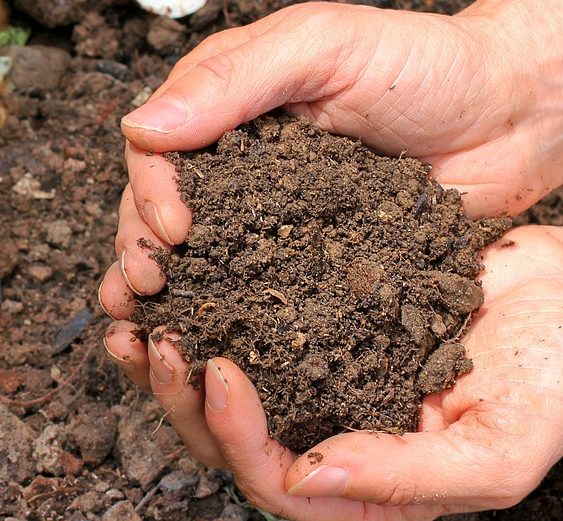
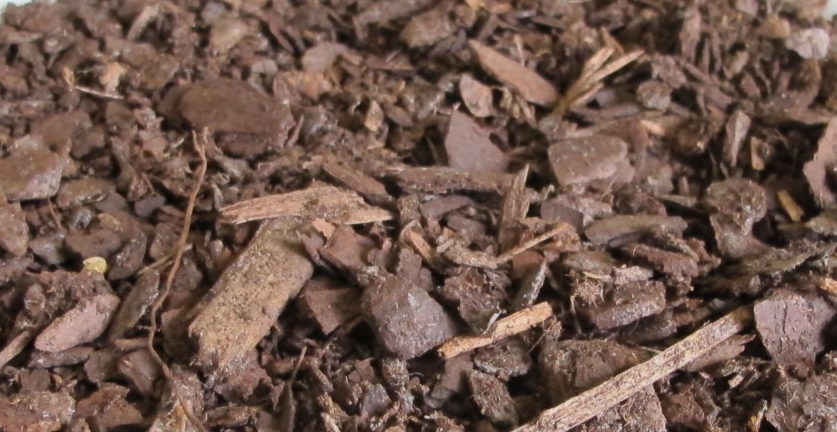
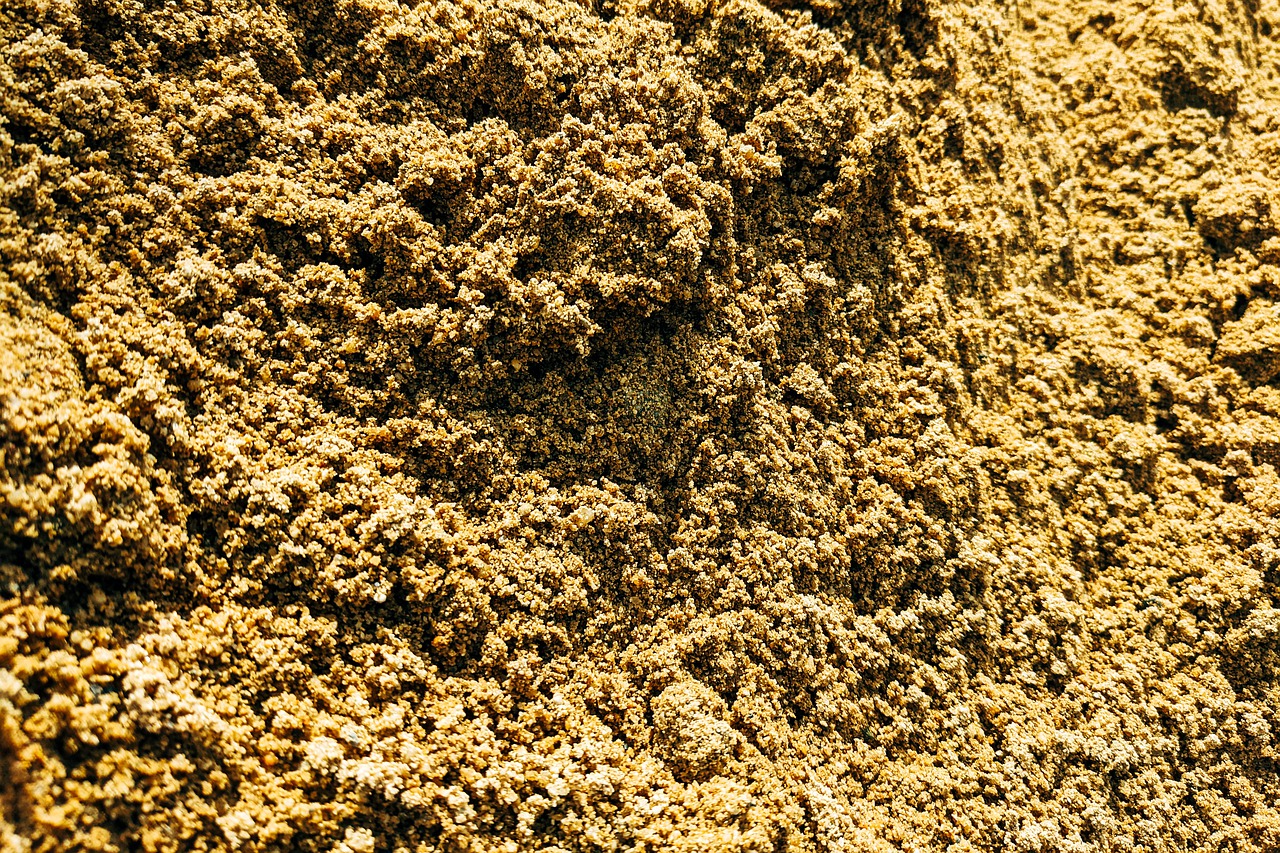
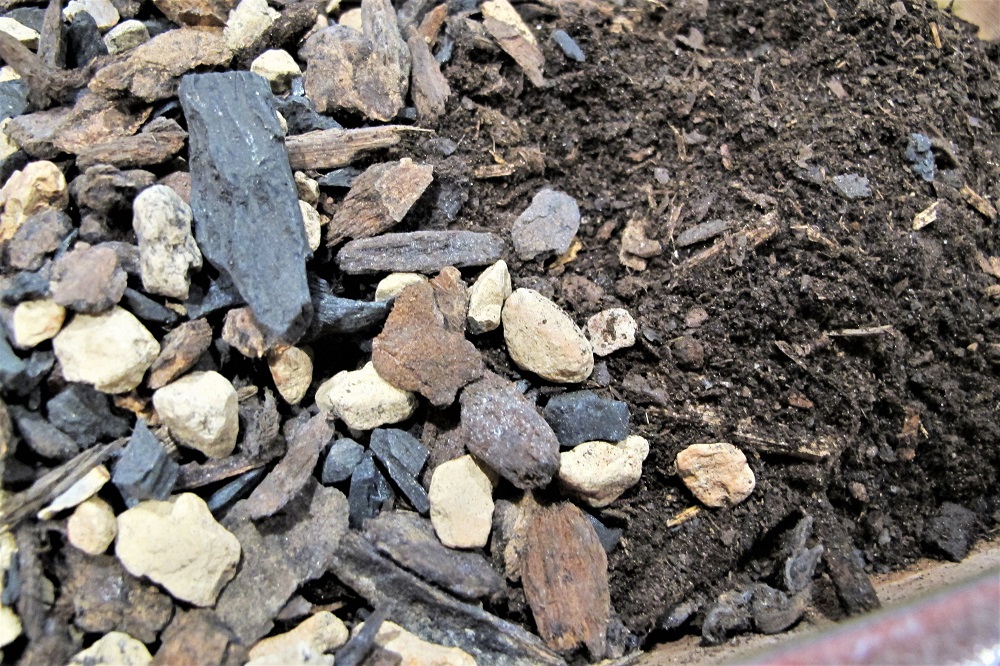


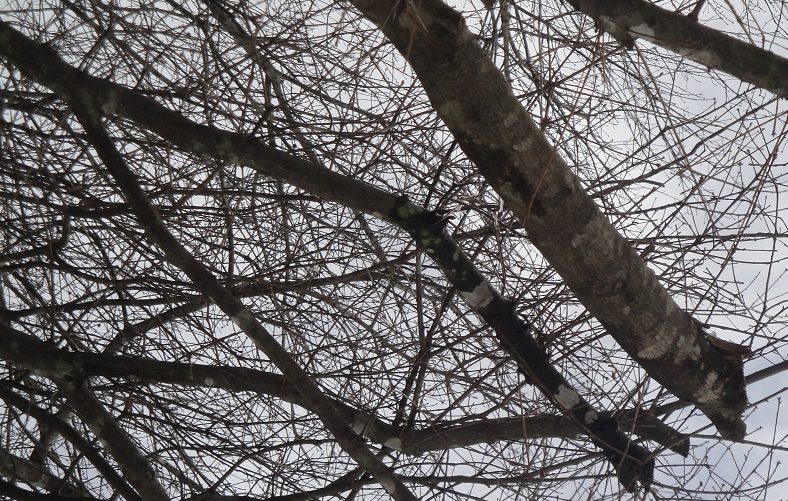

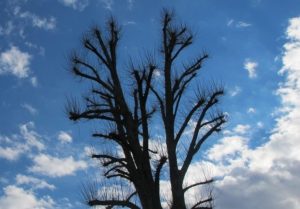



 First, English ivy is a woody vine, so its stems will grow in girth just as a tree branch does. As they wrap around the tree trunk or the limbs and thicken over the years, the ivy stems will constrict tree growth, killing limbs and possibly the tree.
First, English ivy is a woody vine, so its stems will grow in girth just as a tree branch does. As they wrap around the tree trunk or the limbs and thicken over the years, the ivy stems will constrict tree growth, killing limbs and possibly the tree.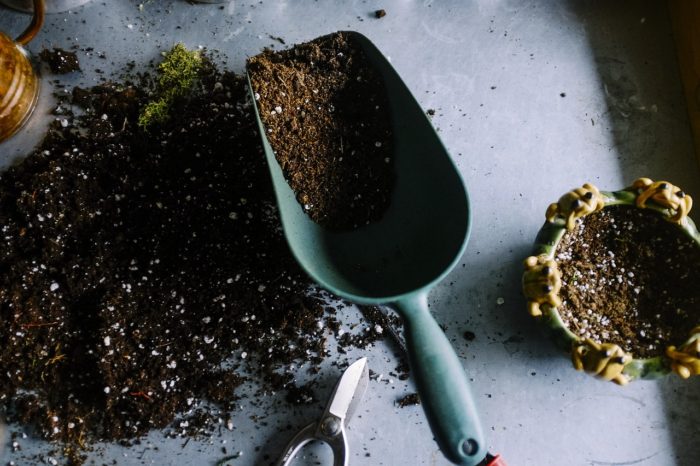
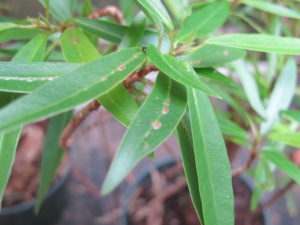

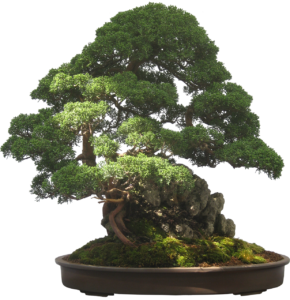
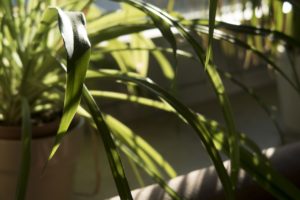
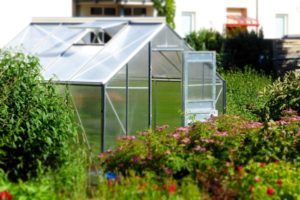 Providing a greenhouse atmosphere—warm, humid, and sunny—keeps your houseplants in much better condition, even through the shortest days of winter. Optimal light levels increase rates of photosynthesis, respiration, and transpiration. As a result, they might grow almost as fast as they did in June.
Providing a greenhouse atmosphere—warm, humid, and sunny—keeps your houseplants in much better condition, even through the shortest days of winter. Optimal light levels increase rates of photosynthesis, respiration, and transpiration. As a result, they might grow almost as fast as they did in June.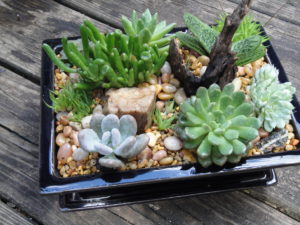
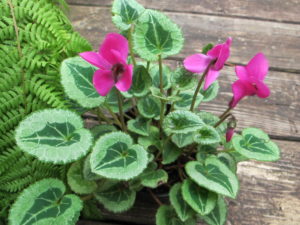
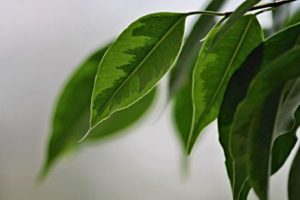
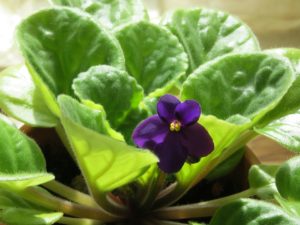
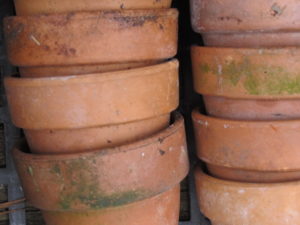
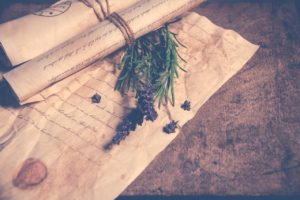

 Other healing qualities of lavender were recorded in the 3rd century B.C., when Greek physician/philosopher Theophrastus (c. 372-287 B.C.) wrote of them in Concerning Odours.
Other healing qualities of lavender were recorded in the 3rd century B.C., when Greek physician/philosopher Theophrastus (c. 372-287 B.C.) wrote of them in Concerning Odours.

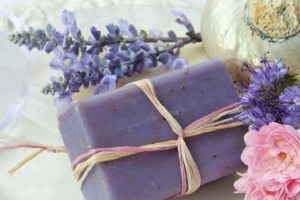

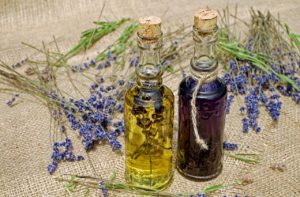 As a strewing herb on floors, it gave out a fresh scent when walked upon. Women sold bundles of lavender, called Tussie mussies, on the city streets. The scent became synonymous with purity and cleanliness.
As a strewing herb on floors, it gave out a fresh scent when walked upon. Women sold bundles of lavender, called Tussie mussies, on the city streets. The scent became synonymous with purity and cleanliness.
